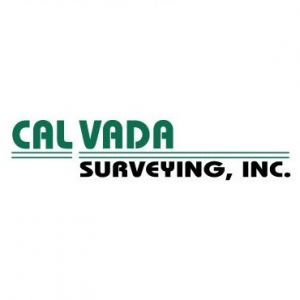3D Laser Surveying ? Weighing the Necessity of a Land SurveyPosted by Calvada on November 4th, 2017 Three-dimensional technology is no longer just for modeling equipment or printing parts. Today’s industrial space is benefiting from the contributions of new technology when it comes to various land and infrastructure management operations. From spatial analysis to three dimensional perspectives, 3D tools and techniques help accelerate land surveying tasks, while providing greater realism, and ensuring precision and accuracy, thus improving the safety and efficiency of projects. Technological advancements in land surveying allow land surveyors and design professionals create virtually life-like and true to form images of areas and properties down to even the most minute detail, including difficult to capture topographic features. This leads to better evaluations of land properties and more efficient development of architectural designs as survey results show better and more accurate assessments of what can be done with a piece of land or property. It is the land surveyor’s job to assess, with great precision the existing conditions of properties so that they and all other parties involved can make informed decisions on how to approach planning for the land in question. An accurate 3D representation of a property enables engineers and architects to design structures and buildings to be built on the property. A 3D laser scan of the property’s area results in the collection of highly accurate data, which can be rendered into a realistic, and precisely scaled 3D model of the existing conditions of the property. There are numerous benefits to implementing 3D laser surveying, not the least of which include:
About the Author: Armando Dupont, a professional land surveyor, started his career in surveying in 1977 and has extensive experience in managing personnel and projects. His experience includes: topographic mapping, boundary surveys and analysis, construction and control surveying, preparation of tract and parcel maps, earth work calculation and quantities, targeting and control for photogrammetric, and land title surveys in accordance with the American Land Title Association and the American Congress on Surveying and Mapping. Mr. DuPont founded Calvada Surveying, Inc. in 1989 and is a licensed Professional Land Surveyor in the State of California. Like it? Share it!More by this author |


